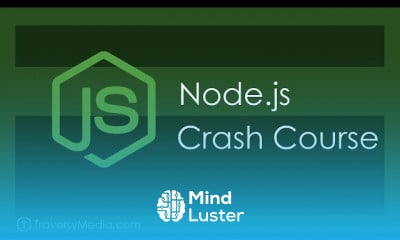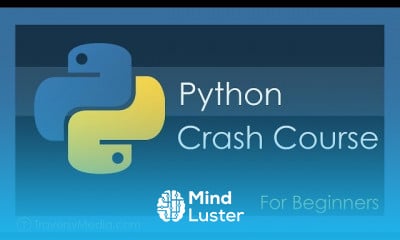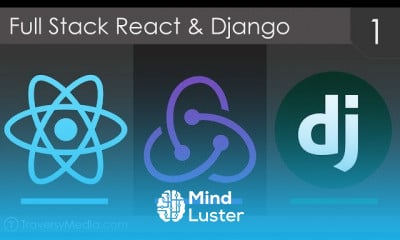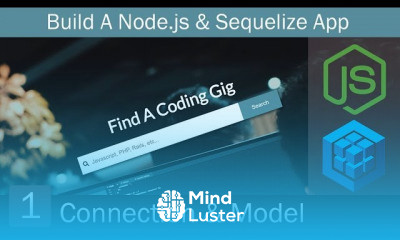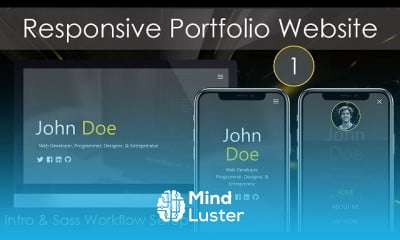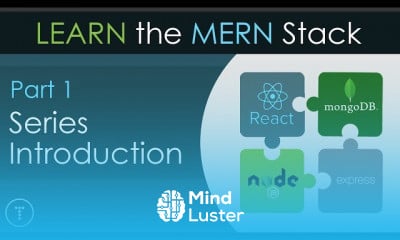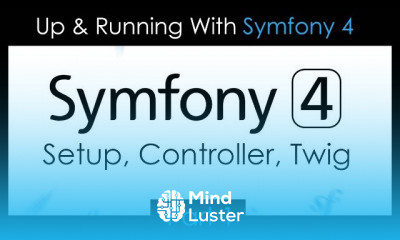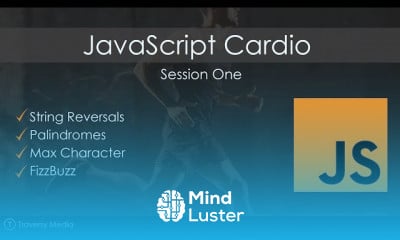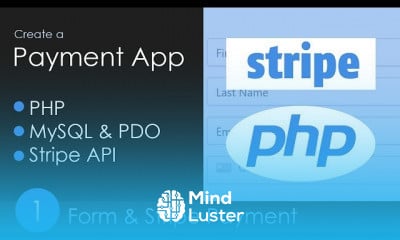Build a Brain Computer App with React Native Part 8 Live Coding with Jesse
Share your inquiries now with community members
Click Here
Sign up Now
Lessons List | 7
Lesson
Comments
Related Courses in Programming
Course Description
A brain–computer interface (BCI), sometimes called a neural control interface (NCI), mind–machine interface (MMI), direct neural interface (DNI), or brain–machine interface (BMI), is a direct communication pathway between an enhanced or wired brain and an external device. BCIs are often directed at researching, mapping, assisting, augmenting, or repairing human cognitive or sensory-motor functions.
Research on BCIs began in the 1970s by Jacques Vidal at the University of California, Los Angeles (UCLA) under a grant from the National Science Foundation, followed by a contract from DARPA. The Vidal's 1973 paper marks the first appearance of the expression brain–computer interface in scientific literature.
Due to the cortical plasticity of the brain, signals from implanted prostheses can, after adaptation, be handled by the brain like natural sensor or effector channels.[4] Following years of animal experimentation, the first neuroprosthetic devices implanted in humans appeared in the mid-1990s.
Recently, studies in human-computer interaction via the application of machine learning to statistical temporal features extracted from the frontal lobe (EEG brainwave) data has had high levels of success in classifying mental states (Relaxed, Neutral, Concentrating), mental emotional states (Negative, Neutral, Positive) and thalamocortical dysrhythmia.
React Native is like React, but it uses native components instead of web components as building blocks. So to understand the basic structure of a React Native app, you need to understand some of the basic React concepts, like JSX, components, state, and props. If you already know React, you still need to learn some React-Native-specific stuff, like the native components. This tutorial is aimed at all audiences, whether you have React experience or not.
What's going on here?#
First of all, we need to import React to be able to use JSX, which will then be transformed to the native components of each platform.
On line 2, we import the Text and View components from react-native
Then we find the HelloWorldApp function, which is a functional component and behaves in the same way as in React for the web. This function returns a View component with some styles and aText as its child.
The Text component allows us to render a text, while the View component renders a container. This container has several styles applied, let's analyze what each one is doing.
The first style that we find is flex: 1, the flex prop will define how your items are going to "fill" over the available space along your main axis. Since we only have one container, it will take all the available space of the parent component. In this case, it is the only component, so it will take all the available screen space.
The following style is justifyContent: "center". This aligns children of a container in the center of the container's main axis. Finally, we have alignItems: "center", which aligns children of a container in the center of the container's cross axis.
Some of the things in here might not look like JavaScript to you. Don't panic. This is the future.
First of all, ES2015 (also known as ES6) is a set of improvements to JavaScript that is now part of the official standard, but not yet supported by all browsers, so often it isn't used yet in web development. React Native ships with ES2015 support, so you can use this stuff without worrying about compatibility. import, export, const and from in the example above are all ES2015 features. If you aren't familiar with ES2015, you can probably pick it up by reading through sample code like this tutorial has. If you want, this page has a good overview of ES2015 features.
The other unusual thing in this code example is <View><Text>Hello world!</Text></View>. This is JSX - a syntax for embedding XML within JavaScript. Many frameworks use a specialized templating language which lets you embed code inside markup language. In React, this is reversed. JSX lets you write your markup language inside code. It looks like HTML on the web, except instead of web things like <div> or <span>, you use React components. In this case, <Text> is a Core Component that displays some text and View is like the <div> or <span>.
Trends
French
Graphic design tools for beginners
Artificial intelligence essentials
Formation efficace à l écoute de l
MS Excel
Essential english phrasal verbs
Build a profitable trading
Electrical engineering for engineer
Data Analytics Visualization Techniques
YouTube channel setup
Magento Formation Français
Build a tic tac Toe app in Xcode
Python programming language
Excel skills for math and science
Computer science careers
Figma for UX UI design
Learning English Speaking
Printing student ID cards with excel tools
Python for beginners
Web Design for Beginners
Recent
Growing ginger at home
Gardening basics
Ancient watering techniques
Grow mushrooms
Growing onions
Veggie growing
Bean growing at home
Growing radishes
Tomato growing at home
Shallot growing
Growing kale in plastic bottles
Recycling plastic barrel
Recycling plastic bottles
Grow portulaca grandiflora flower
Growing vegetables
Growing lemon tree
Eggplant eggplants at home
zucchini farming
watermelon farming in pallets
pineapple farming



